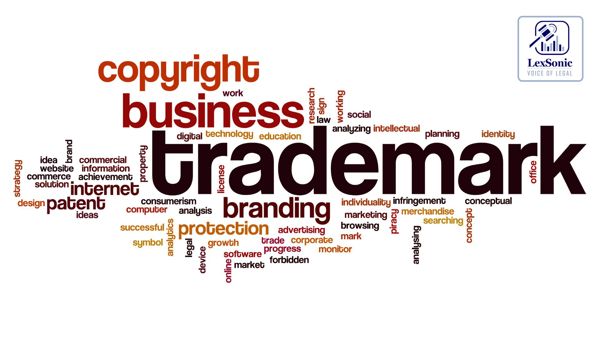Court Halts Confusing Diabetes Drug Names to Protect Consumers.
13 June 2024
Trademark Laws in India >> Intellectual Property Rights | Medical, Pharma & Healthcare >> Miscellaneous
In a recent trademark infringement case, a court has granted an injunction in favor of a pharmaceutical company to prevent a competitor from using a deceptively similar brand name for its anti-diabetic drug. This decision highlights the importance of clear distinction in trademarks, especially for critical products like medication.
The case involved two trademarks: "ZITA-MET" owned by the plaintiff and "XIGAMET" used by the defendant. Both marks are used for anti-diabetic drugs. The court determined that despite not being identical, the trademarks were deceptively similar in sound, structure, and target audience. This similarity, according to the court, could lead to confusion among consumers, potentially causing them to choose the wrong medication.

The stricter approach to trademarks in the pharmaceutical industry played a crucial role in the court's decision. Established by precedent set in a Supreme Court case (Cadila Health Care Ltd. vs. Cadila Pharmaceuticals Ltd.), this stricter test recognizes the potential health risks associated with confusion between medications. Even a slight possibility of misleading consumers can warrant legal action.
The defendant attempted to counter the claims by arguing that their trademark was distinct due to differences in the first letters and the inclusion of a hyphen. They also pointed to "met" being a common suffix within the industry. However, the court likely viewed these distinctions as insufficient to overcome the overall resemblance between the brands.
The existence of a potentially similar pre-existing brand named "Sitamet" was also brought up by the defense. The court, however, might have reasoned that "Sitamet" was not as widely recognized, making it less relevant to the current case of potential confusion between "ZITA-MET" and "XIGAMET."
Courts hold trademarks for medications to a higher standard. Even a slight chance of confusion between drugs can have serious health consequences, so judges take a stricter approach to ensure clear distinctions. The defendant struggled to explain why they chose a brand name so similar to the existing one. This lack of a reasonable justification raised a red flag for the court. The defendant argued that different packaging would prevent confusion. The court disagreed. Similarities in brand names can still lead to mistakes by doctors, pharmacists, and ultimately, patients, regardless of packaging variations. The argument that confusion is unlikely because both drugs require prescriptions fell flat. The court acknowledged that prescriptions aren't always followed, and even a simple mix-up could lead to dangerous side effects. While the medications have different active ingredients, they treat the same condition. Confusion could result in patients receiving the wrong drug, potentially causing serious health problems.
